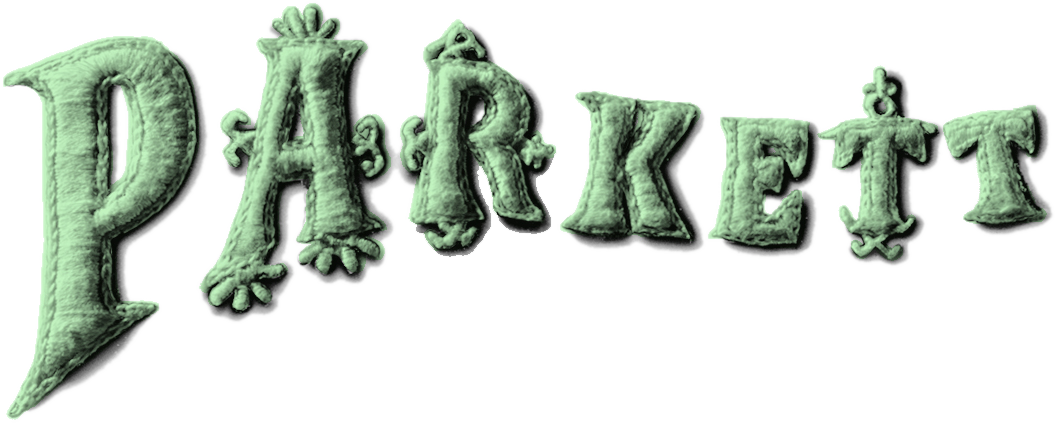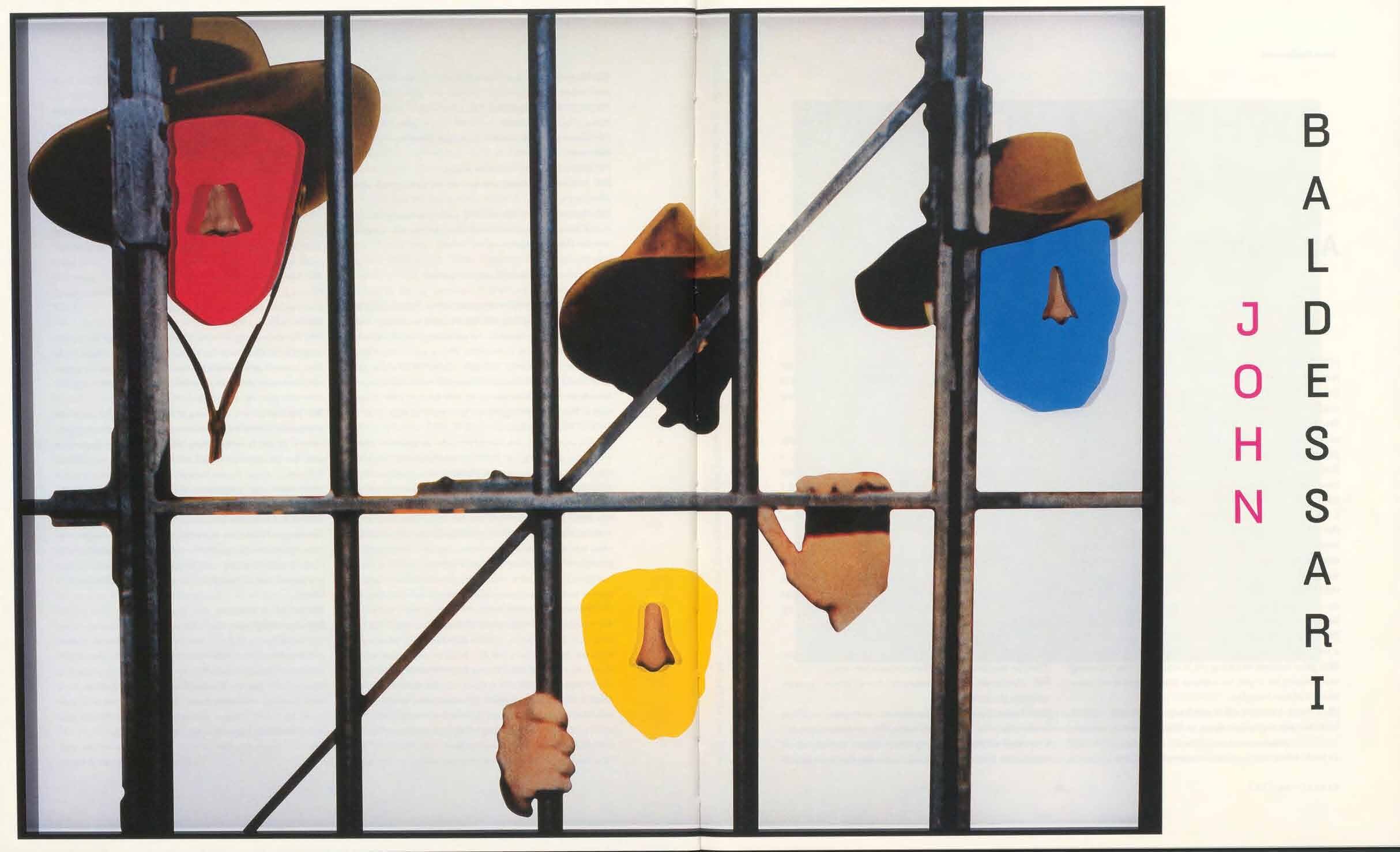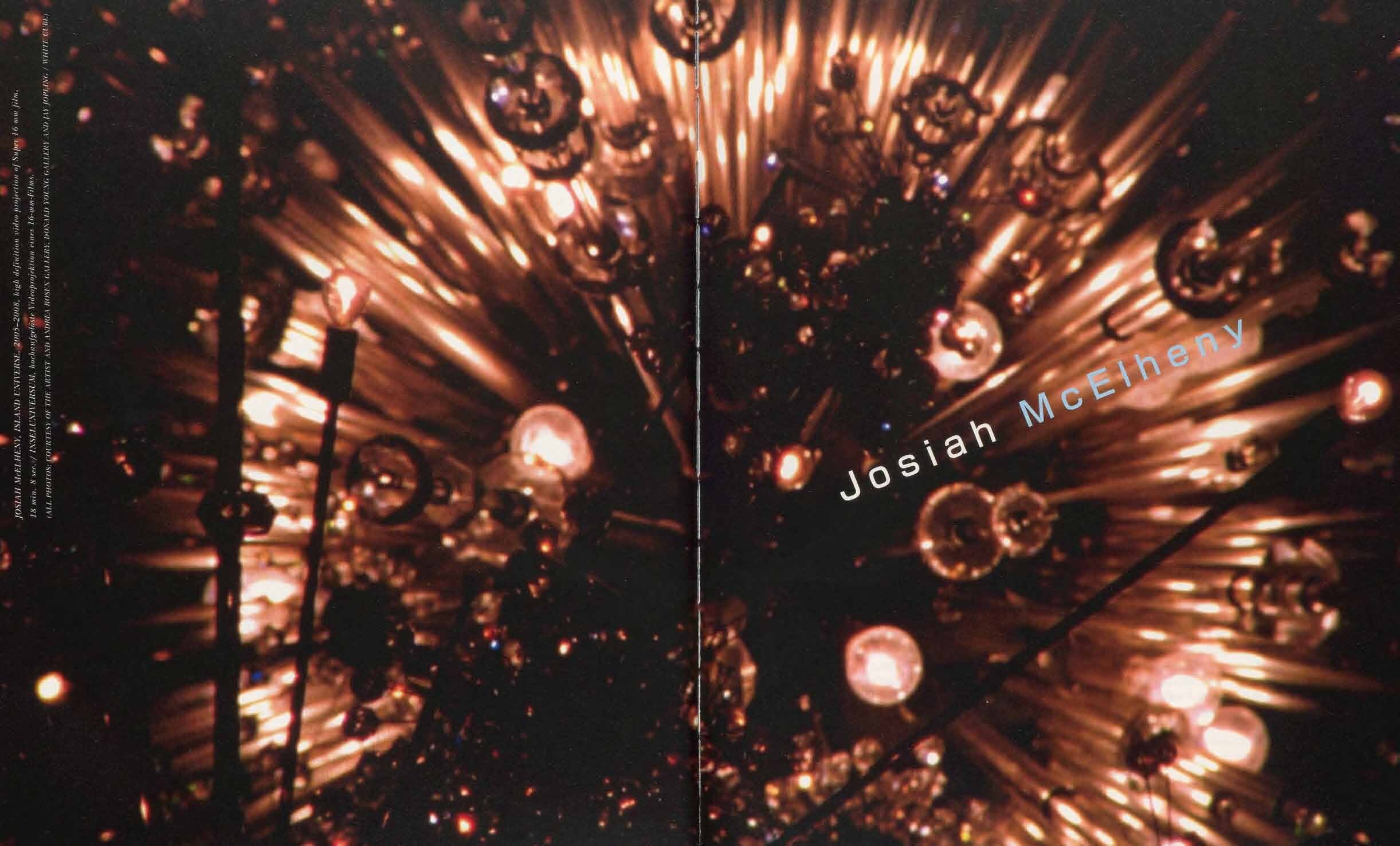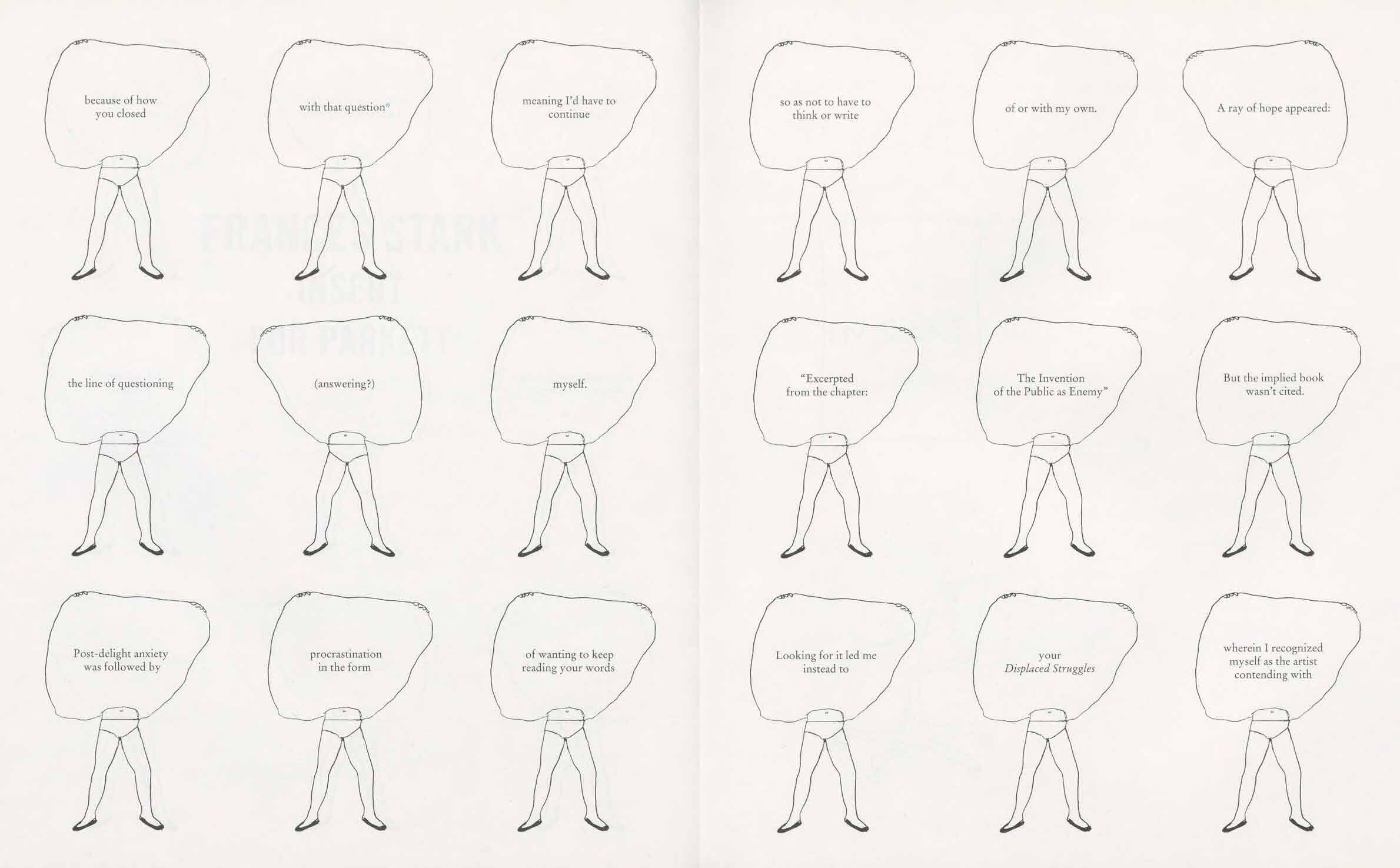Parkett Vol. 86 - 2009 | John Baldessari, Carol Bove, Josiah McElheny, Philippe Parreno
John Baldessari
Read a selected text (PDF)
View edition
Carol Bove
Read a selected text (PDF)
View edition
Josiah McElheny
Read a selected text (PDF)
View edition
Philippe Parreno
Read a selected text (PDF)
View edition
Insert Frances Stark view insert (PDF)
Spine Josh Smith
Miscellaneous
John Knight by Jay Sanders (PDF)
U.S. & Canada
Please place your order through our distributor D.A.P. here.
Browse Selected Texts and more on the Collaboration Artists
Artist Insert
Editorial
The first collaboration with John Baldessari dates back 18 years. Celebrating 25 years of Parkett gives us a welcome opportunity to express our delight in the numerous exhibitions currently devoted to this artist’s clear, serene and complex oeuvre. Since the 1960s, the Californian artist has also been well received in Europe, particularly among art professionals, and he has now become an important point of reference for many younger artists. Our relationship with John Baldessari is indication, once again, of Parkett’s wide-ranging transatlantic trajectory—the theme of our 25th anniversary year (see Mark von Schlegell’s contribution).
The other collaboration artists in this issue, Carol Bove, Josiah McElheny, and Philippe Parreno, share a predilection for imponderables; they work with the unfathomable, the spaces in between and the immaterial, consistently probing the potential of “as if.” They enrich exhibition spaces, generating an atmospheric fluidum as in Philippe Parreno’s speech bubbles on the ceiling and his glowing portico of light bulbs reproduced on the back cover. In contrast to the solemnity and promise of that installation, Josiah McElheny’s display cases draw us into a “cold” self-contained universe of infinitely repeated reflections, where viewers can no longer recapture themselves.
Carol Bove assembles small items, relics, and shapes to create a pastiche universe and conjure a “historical past”—actually the 1960s, which also mark the transition between modernism and postmodernism, and, as Martin Herbert remarks, represent “an attempt to figure unreachable time as denser and trickier than popular history allows. In the same spirit, Liam Gillick comments on the “artist as a conduit not between things and people but between ideas and reception”. Benjamin Buchloh and Franceso Bonami take up the notion of faceto-face, introduced in the last issue, to talk about the art world and “the absorption of artistic practices into the larger apparatus of the culture industry”. Not plain initials, but monograms resembling the embroidery of our logo distinguish between John Knight and Jay Sanders, adding a playful note to the rational, analytical nature of their discussion on product design strategies. The Insert has been designed by Frances Stark.
Table of Content
Jay Sanders reads John Knight by Jay Sanders & John Knight
Face to Face – 25 Years Parkett
Coexistence, yes, Equivalence, no by Francesco Bonami & Benjamin H.D. Buchloh
John Baldessari
What Do You Plan to Do Next? by John Baldessari & James Welling
Revealing by Concealing by Rainer Fuchs
With Baldessari’s Marilyn by Alexander van Grevenstein
Carol Bove
The Problem with Library Taxonomy by Carol Bove & Philip Smith
The Wormhole Theory by Martin Herbert
Style and Pastiche by Carol Bove & Bettina Funcke
Josiah McElheny
Shadow Play by Tom McDonough
About Overlapping Cultural Histores of Production of Art by Josiah McElheny & Lynn Cooke
Play and Display by Branden W. Joseph
Philippe Parreno
A Single Piano Note and a Giant Snowflake by Liam Gillick
Back to Her Future by Zoe Stillpass
A Polyphonic Conversation by Philippe Parreno & Hans Ulrich Obrist
A Sensation of Asphyxia by Luc Lagier
Frances Stark, Insert
The Transatlantic Delusions (An Evaporated Essay), Les Infos du Paradis by Mark von Schlegell






